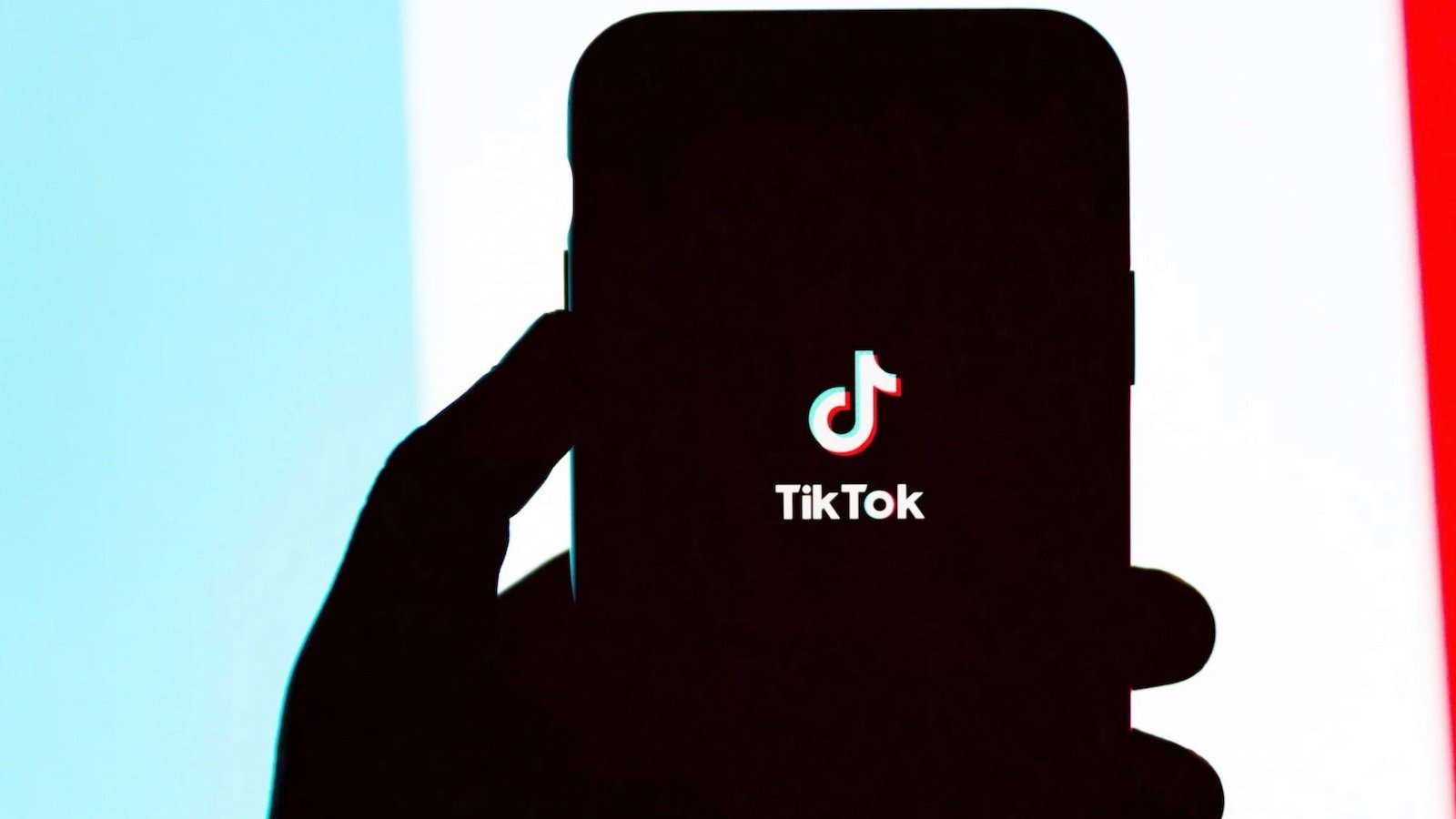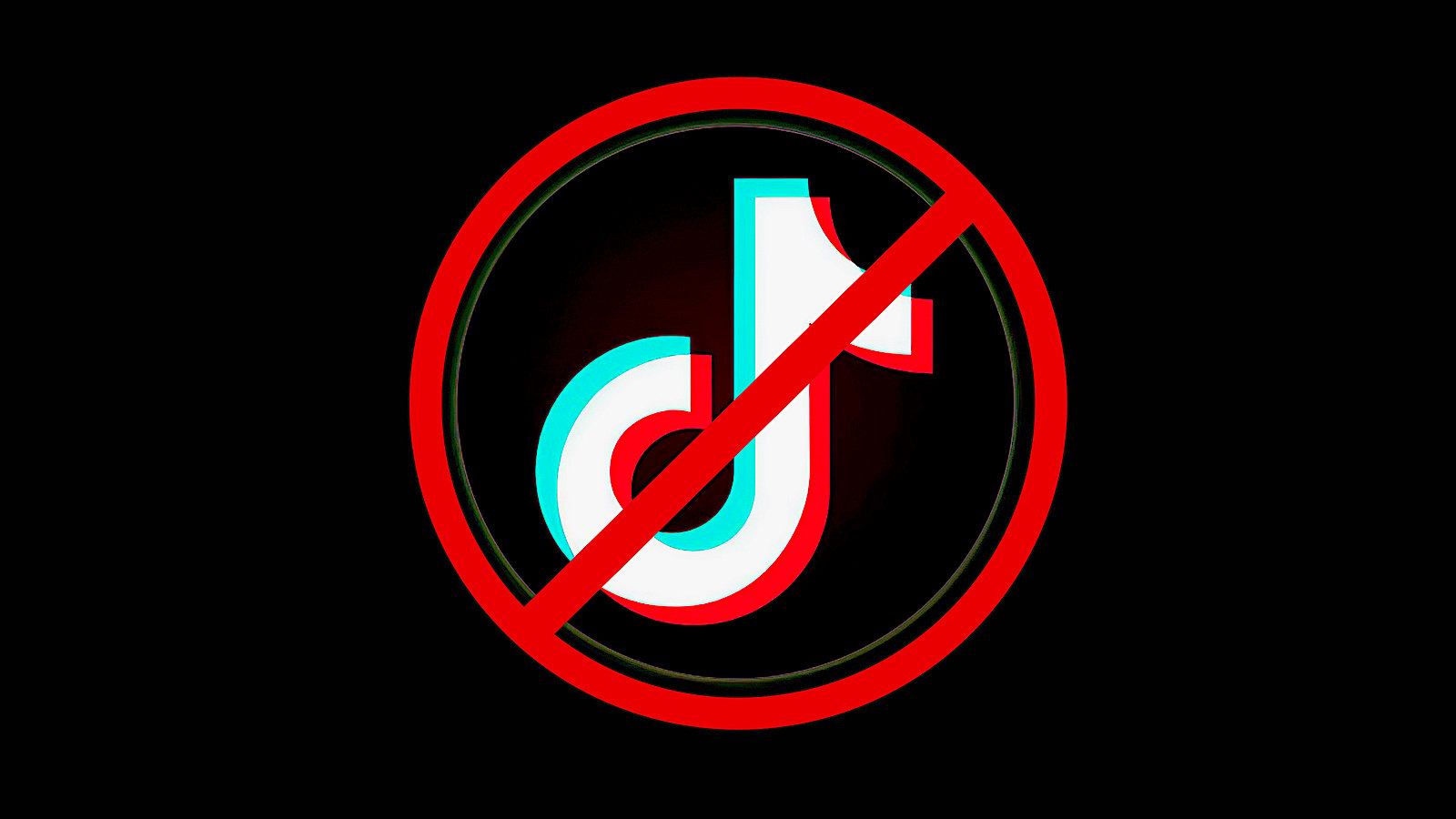Why is TikTok suddenly awash with “fake bodies”?
Why has #fakebody or simply the words, “fake body”, suddenly appeared in stories and captions all over TikTok?
Is it a commentary on the fact that social media is virtual, made up of binary code (zeros and ones), and therefore not, in an actual sense, real?
Or perhaps it’s a way of criticizing the pressure put on users to create bodies so impossibly perfect that they can only be thought of as fake?
Are they literal fake bodies, like the “more human than human” Replicants in Blade Runner — artificial flesh with androids underneath?
All three would be excellent guesses that illustrate the complex realities and rapid technological evolution of our era. But they would also be incorrect!
Let’s explore the actual definition below.

#Fakebody meaning
#Fakebody is actually a way for TikTok users to skirt the forum’s strict content rules regarding nudity and sexual content, including any such content involving minors.
According to TikTok Community Guidelines:
“We do not allow depictions, including digitally created or manipulated content, of nudity or sexual activity. We are mindful that some content may be offensive or culturally inappropriate in certain regions or may not be suitable for users of all ages.”
And:
“Any content, including animation or digitally created or manipulated media, that depicts abuse, exploitation, or nudity of minors is a violation on our platform and will be removed when detected.”
So how does the flagging and banning system work, and who is affected?

TikTok flagging system
According to its rules page, TikTok employs a two-part process to eliminate any of what it considers objectionable user content:
“Content on TikTok first goes through technology that identifies and flags potential policy violations, such as adult nudity and violent and graphic content. In the areas where our technology is the most accurate, the content will be automatically removed.
In other areas, content will be flagged for additional review by our Safety team.”
Unfortunately for some users, this detection and removal process often flags images that do not reveal full nudity, such as users sporting swimwear, working out in gym clothes, or wearing crop tops and other somewhat revealing apparel — images that, in other words, should be acceptable within the rules of TikTok.
When a user adds “fake body” to a caption or hashtag, TikTok’s AI censor sensors (get it?) do not flag the post for removal. This allows users to get around the system, keep their posts up, and amass those precious likes.
It also keeps users from being banned from the app for violating content rules, the equivalent of being banished to Siberia for Gen Z.
The approach is clearly working — #fakebody currently has 9.2 billion views on the app and counting, and those swimsuit posts are piling up.

